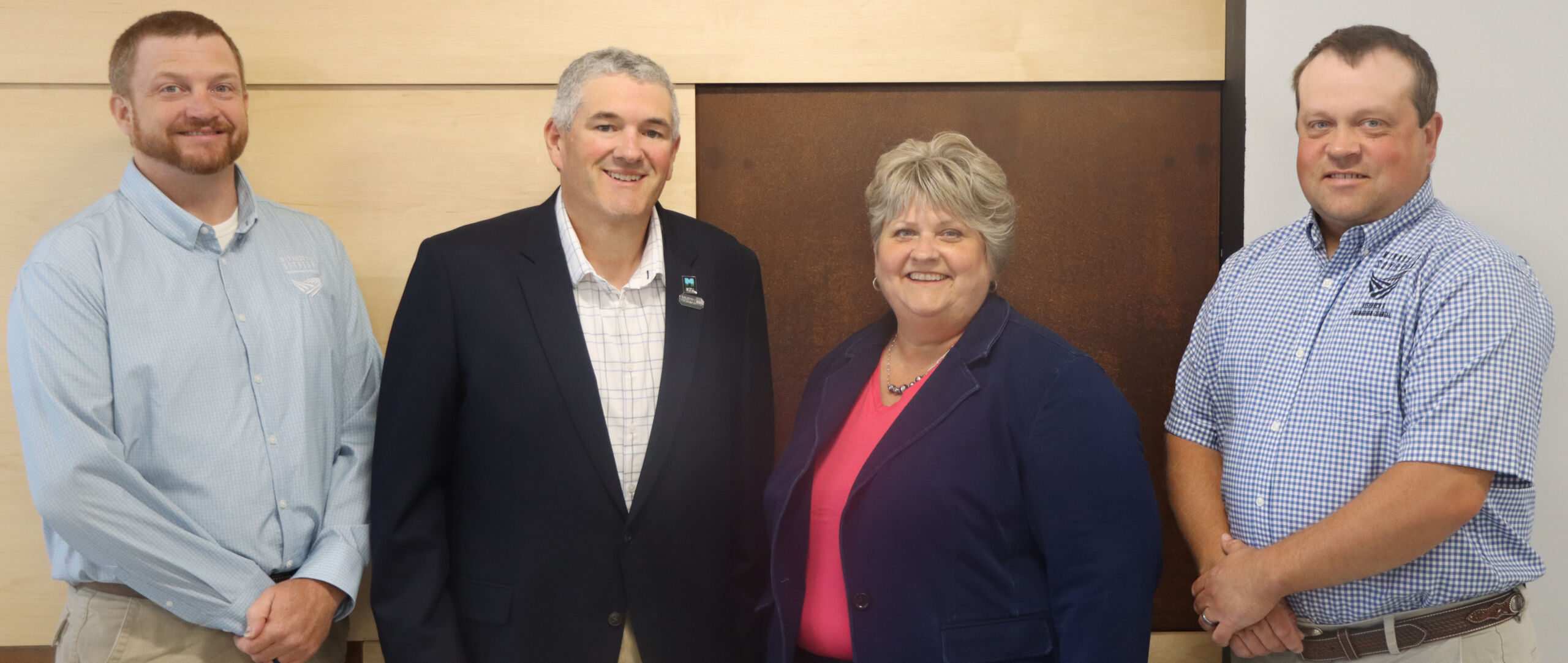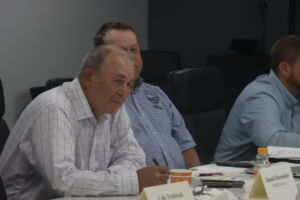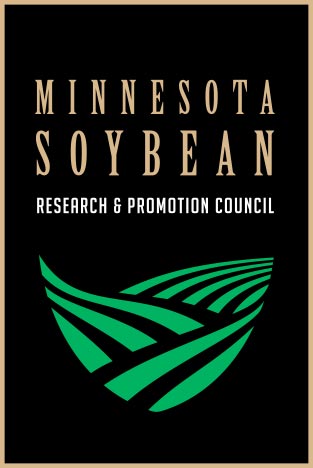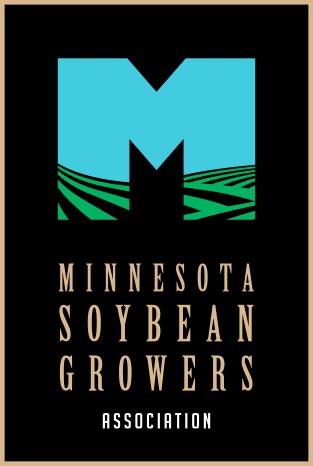Budget on board: Checkoff leaders approve FY26 funding
Budget on board: Checkoff leaders approve FY26 funding

The Minnesota Soybean Research & Promotion Council doesn’t take the money and run.
“We’re here to invest these resources carefully, not just sit on them,” Director Ron Obermoller said to his colleagues during MSR&PC’s August meeting.
As the stewards of Minnesota soybean checkoff dollars, MSR&PC dedicates countless hours to ensuring sound investments are made that will ultimately increase farmer profitability.
“It’s super important that we make sure that we are spending farmer’s dollars very wisely,” MSR&PC Chair Gail Donkers said. “We give priority to things that we feel will return dollars to the farmers.”
During the Council’s Aug. 11-12 board meeting in Mankato, the elected board of 15 soybean farmers representing nine districts across Minnesota sat down to identify the projects that will receive checkoff funding in FY26.
“With so many different projects going on, we divide them all out into eight different priority areas,” said Donkers, who farms near Faribault and represents District 8. “Setting the budget is important because we need to make sure that we have buckets of money that apply to each different area with emphasis on research, promotion and education.”
In total, the Council’s budget comprised these core areas:
- Product Development
- Promotion
- Marketing/Communications
- Influencer Education
- Production Research
- High Impact
- Management & Compliance
- Leadership Development
Minnesota is home to more than 25,000 soybean farmers who grow more than 7 million acres and roughly 350 million bushels of soybeans. With one half of one percent of the market price ‘checked off’ anytime a farmer sells soybeans, growers earn $12.34 in return value for every dollar they pay into the checkoff.

Council Director Ron Obermoller discusses the fiscal year 2026 budget during a August 12, 2025, meeting in Mankato.
“After the budget was set and the meeting ended, it was clear that the Council is poised to have a great year,” said MSR&PC Vice Chair Ben Storm, who farms near Dover and represents District 9. “It’s always fun to learn about the proposed projects and talk about which will move the needle for soybean farmers in Minnesota.”
With soybean harvest right around the corner, growers are on the edges of their seats, ready and waiting to see what harvest brings. Will commodity prices be up or down? What will be the yield? Will Mother Nature cooperate? MSR&PC has the same questions, especially since its FY26 budget depends on the answers. Grower and staff leaders take the conservative route.
“We’re extremely concerned with what soybean prices may be through fall,” said Tom Slunecka, MSR&PC CEO. “But the Council took great pains to analyze today’s market prices and future market prices to assure that they were budgeting accordingly, with as much accuracy as possible.”
Despite the uncertainty, the Council is excited for the year ahead.
“We’re always doing new, exciting things,” Donkers said. “We have a couple of new projects this year that I’m looking forward to, including a project with an agricultural day care (Ruby Ranch) to teach the kids more about soybeans.”
Donkers is also looking forward to a soybean research revival in FY26.
“I’m super excited to have Sergio Cabello Leiva, our director of research, on staff and what he’s going to be doing in the research area,” Donkers said. “He’s very excited about research and he’ll bring different projects to the table which will be really fun to see.”
Farmers may daydream about sitting in the cab of a tractor rather than in a budgeting meeting, but it’s critical to ensuring that Minnesota’s soybean farmers receive a valuable return on their investment.
“The budget meeting is one of the most important meetings of the year, as it sets the tone for the work ahead,” Slunecka said. “Collaboration amongst the directors was as high as I’ve ever seen it under Chair Gail Donkers’ direction, allowing for much discussion and assuring that everyone’s point of view from northern Minnesota to southern Minnesota was expressed.”



